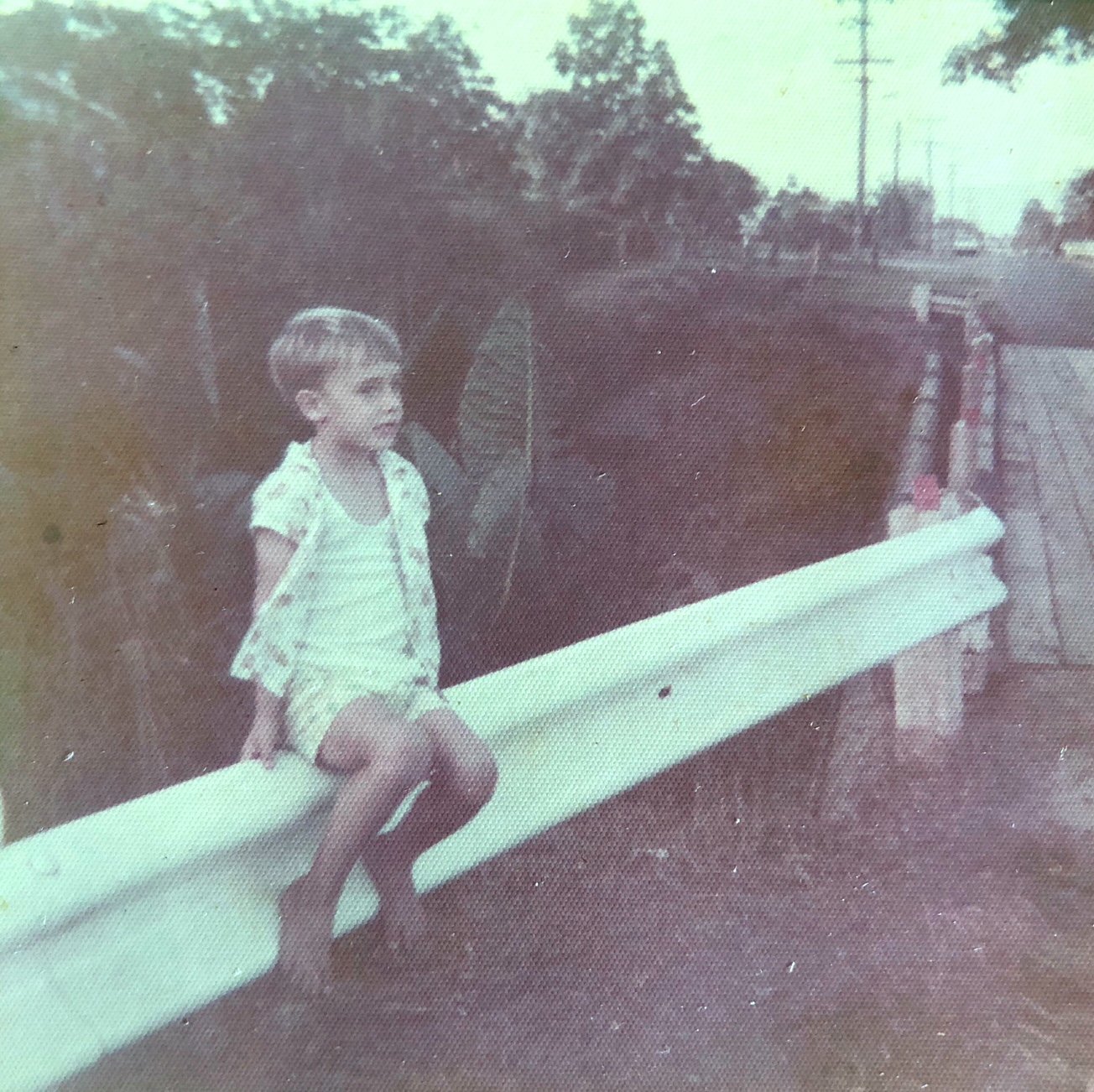Life began for me in the Far North Queensland sugar town of Gordonvale on the 23rd of April 1967. Gordonvale, situated about 25 kilometres south of Cairns, was a small country town of about 2 000 people. The town was established on Yidinji tribal land, initially called Mulgrave and later renamed to Nelson. The name Gordonvale was finally settled on as a tribute to John Gordon, a pioneer in the district who was a butcher, dairyman and grazier and early director of Mulgrave Central Sugar Mill. The town’s most prominent geographical feature is Walsh’s Pyramid or Djarragun, as it is known to the Yidinji. A cone shaped peak, rising 922m on the outskirts of the town, it resembles a small volcano. In 1967 Gordonvale had, among other things, a sugar mill, four hotels, a tennis club, a police station and one GP, Dr Raymond Davis.
To the north of Gordonvale lies the town of Edmonton. Edmonton, situated halfway between Gordonvale and Cairns, had a smaller population than Gordonvale and a much smaller population than Cairns, with its bustling metropolis of 54 000 people. Edmonton also had a sugar mill and was typical of most country towns of that time. It had two pubs, the Hambledon Hotel and the Grafton Hotel. There was a meatworks on the outskirts of town, which along with the Hambledon Sugar Mill constituted the main source of employment for Edmontonites. Edmonton also had a keen sense of community which was characteristic of most Queensland towns of that era.
Most significantly for me on the day of my birth, Gordonvale had the nearest hospital to Edmonton, where my parents, Tom and Marion lived. On the 23rd of April 1967, Tom Pyne and his heavily pregnant wife Marion, both keen tennis players, were at Norman Park in Gordonvale for a regular fixture. As luck should have it, another keen participant in the tennis was, despite him having just one lung, the aforesaid Dr. Raymond Davis. Not long into the day, labour pains led to my parents and the man referred to simply as ‘Doc’ making a 400-metre trip down Norman Street to the Gordonvale Hospital, where I made my debut appearance. Born as a result of a ‘love match’ I had none the less ruined Doc’s day of tennis, but he did hurriedly return to the court for a few games. Perhaps Doc’s love of tennis was the reason I remained uncircumcised, despite my mother’s request for the cruellest of snips.

For Tom and Marion, I was the second child, my sister Joann having been born 7 years earlier. Home was a small red brick house at 88 Mount Peter Road, the longest road in town. Formerly known as Sawmill Pocket Road, it started at the junction with Mill Road, near the Bruce Highway and ran for a mile before getting where we lived and then curled its way through sugar-cane paddocks, ending in an old goldmine in Mount Peter, in the mountain range behind the township. At the time of my birth the house at no.88 was surrounded by a creek on the north and east and cane paddocks on the south. To the west of our house lived my mother’s parent, Bob O’Connell and May McKinnon, known to my sister and I simply as Grandad Bob and Nana.
I cannot imagine a more carefree or relaxed lifestyle than growing up in Edmonton in the 1970s, surrounded by cane fields and with close access to tracks, trails, creeks and swimming holes. The small population ensured serenity for a young boy adventuring throughout the landscape. A peacefulness interrupted only occasionally by the cane trains during harvest time. The harvest period was known as the ‘crushing season’ when locomotives were loaded to take the sugar cane to the mill where it was crushed. Life was relaxed, and living was easy. When the then leader of the Liberal Party, later to be Prime Minister Malcolm Fraser uttered his most famous words in 1971 that “life was not meant to be easy” it was hard to believe him.
I Also Thanks To My Existence Supporter Who Upvote Me And Support Me @simonhbosch @normbond @nagavolu @jenpyne
And I Encourage You To Support Them!

